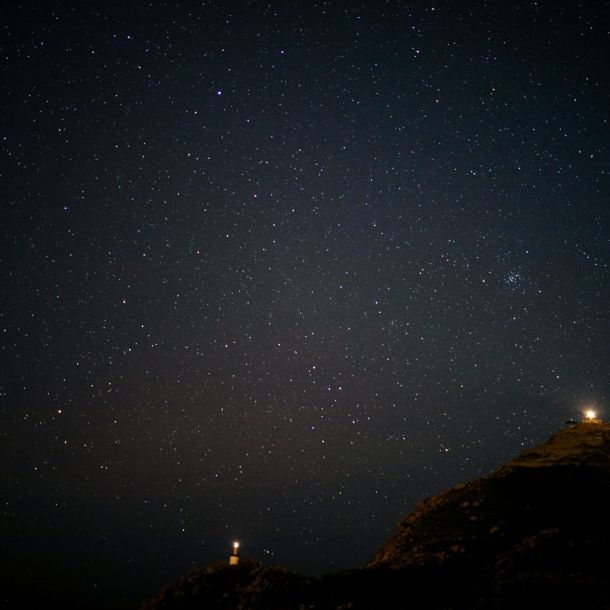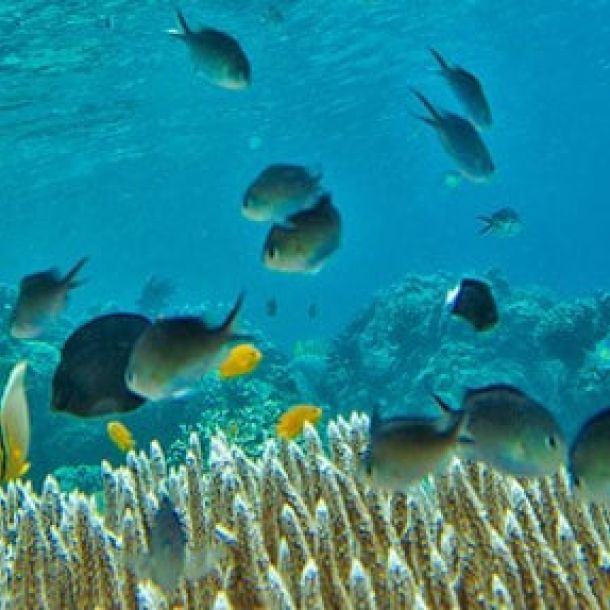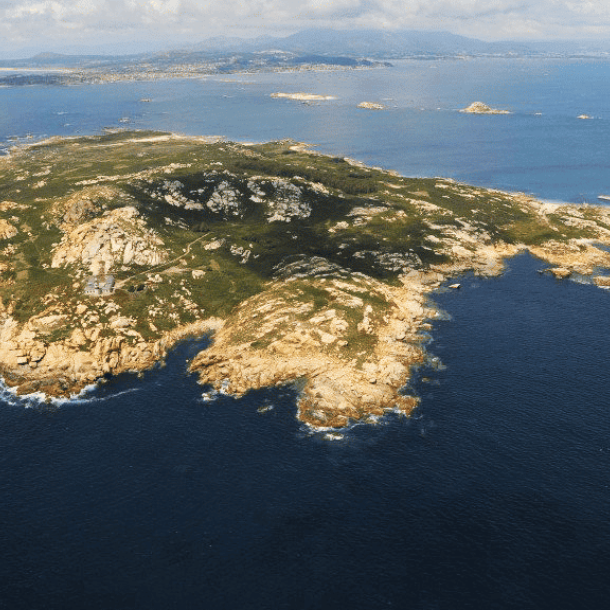Parque Nacional Das Illas Atlanticas
The Parque Nacional Das Illas Atlánticas was created in 2002 and consists of four archipelagos, Cortegada, Sálvora, Ons and Cíes, located on the west coast of Galicia covering a total of 8,333 hectares of which 7,285.20 are marine. Illas Atlánticas is the only national park located in the Galician community and is the tenth most visited in Spain.
The flora of the Parque Nacional Das Illas Atlánticas has as its main standard its extensive laurel forest, corals and more than 200 species of algae that grow in its waters. As for the fauna, birds such as cormorants and yellow-legged gulls predominate, although the presence of dolphins is also noteworthy.
The archipelago of Cortegada is located in the Arosa estuary, in the province of Pontevedra. This archipelago is composed of the main island, Cortegada, and other smaller islands known as Malveira Grande, Malveira Chica, Briñas and the islet do Cón. This archipelago is characterized by a flat relief, the typical characteristics of an estuary and a lush laurel forest in the interior of the main island.
The Sálvora archipelago is located at the mouth of the Arosa estuary and is composed of the island of Sálvola and several islets called Vionta, Con de Noro, Herbosa, Rúa Insuabela, Gaboteira, Sagres and Forcadiñas. On the island of Sálvola you can visit an abandoned village where the utensils used by its inhabitants to carry out their daily life are still preserved. One of the main characteristics of the island are the sculptures that the effect of the wind has created on the mixture of stones and salt.
In the Pontevedra estuary is the archipelago of Ons, one of the best known of the Parque Nacional Das Illas Atlánticas. This archipelago is formed by the island of Ons, the island of Onza and the islet of Freitosas. It has some rocky areas next to dunes and sandy areas.
And finally, the flagship of the national park located at the mouth of the Vigo estuary, the Cíes archipelago, consisting of the islands of Monteagudo, Faro and San Martiño and the islets Agoreira, Penela dos Viños, Carabelos and Ruzo. This archipelago has been considered a Natural Park since 1980, a Special Protection Area for Birds since 1998 and a Site of Community Importance since 2001. Cíes is characterized by a very varied relief, with steep cliffs on one side of the island and quiet sandy beaches on the other. The ruins of a salting factory, a water mill and a monastery show that this was one of the most populated forts in Galicia.


